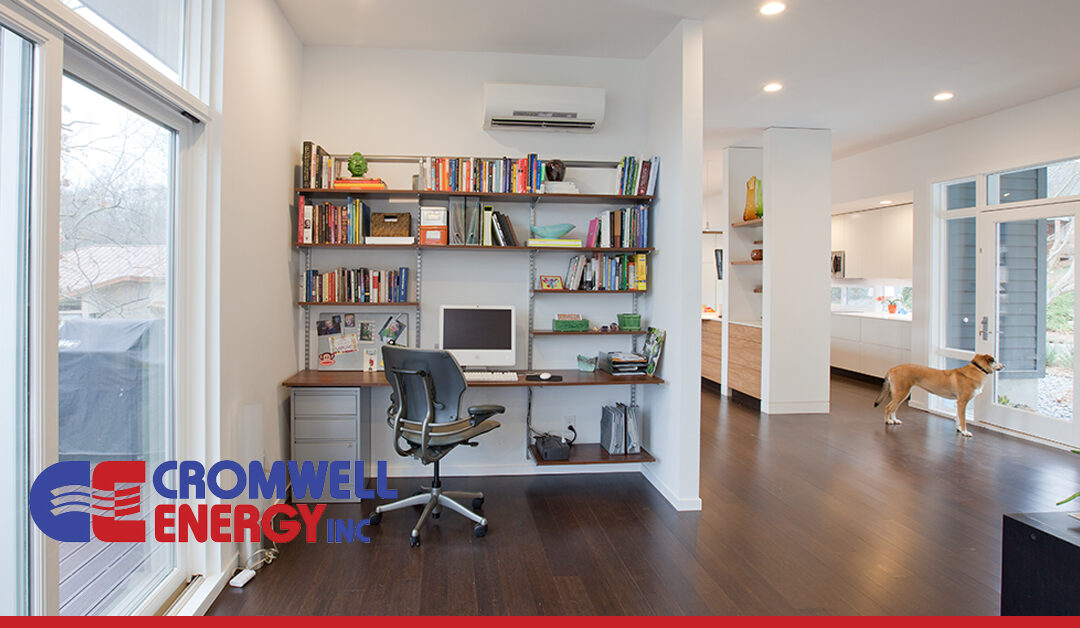A mini-split, also known as a ductless mini-split heat pump, is an efficient and versatile cooling and heating solution for homes. Unlike traditional central air conditioning systems that use ductwork, mini-splits deliver conditioned air directly to individual rooms or zones. These systems consist of an outdoor unit and one or more indoor air-handling units connected by a conduit. Ductless mini-split heat pumps offer several advantages, including small size, flexibility for zoning, and energy efficiency.
Properly sizing a ductless mini-split heat pump ensures optimal performance and energy efficiency. If the system is too large, it will cycle on and off frequently, leading to temperature fluctuations and increased energy consumption. On the other hand, an undersized system will struggle to cool or heat the space adequately. By following a step-by-step sizing process, you can determine the right mini-split system size for your specific needs, maximizing comfort and energy savings.
Understanding Ductless Mini-Split Heat Pump Sizing
Sizing a ductless mini-split heat pump system refers to determining the appropriate cooling and heating capacity required to maintain the desired comfort level in a room or zone. This capacity is measured in British Thermal Units (BTUs) and is influenced by various factors, including room size, insulation, climate, and heat gain/loss.
To accurately size a mini-split system, it’s important to consider the following factors:
- Room Size: The size of the room or zone you want to cool or heat is crucial in determining the system’s capacity. Larger rooms or areas require a higher BTU rating to achieve the desired temperature.
- Insulation: The level of insulation in the room affects the heat gain or loss. Well-insulated spaces retain the desired temperature more efficiently, requiring a smaller system size. In contrast, poorly insulated areas may necessitate a larger system to compensate for heat loss or gain.
- Climate: The local climate plays a significant role in system sizing. Hotter climates with higher outdoor temperatures require a larger system to overcome greater heat loads. However, cooler climates may require a smaller system to maintain comfortable temperatures.
Step-By-Step Guide to Sizing a Ductless Mini-Split Heat Pump System
Properly sizing a mini-split system involves a systematic approach to ensure accurate results. Follow these steps to determine the right system size for your specific requirements:
Step 1: Measure the Room
Start by measuring the length, width, and height of the room. Multiply these measurements to calculate the room’s total square footage. For irregularly shaped rooms, divide the space into smaller sections and measure each separately.
Accurate measurements are crucial for sizing the system correctly. Even small measurement errors can lead to an incorrectly sized system, compromising efficiency and performance.
Step 2: Evaluate the Insulation
Evaluate the insulation quality of the room by considering factors such as wall thickness, window quality, and door seals. Well-insulated rooms have thicker walls, double-glazed windows, and effective weatherstripping around doors.
Insulation helps minimize heat gain or loss, reducing the load on the cooling or heating system. A well-insulated room requires a smaller system size, leading to energy savings and improved comfort.
Step 3: Consider the Climate
Climate directly impacts the cooling or heating requirements of a space. Hotter climates with longer summers require a larger system to handle higher heat loads. Colder climates may need a larger system to combat lower outdoor temperatures.
Consider the average summer and winter temperatures in your area. Consult a local climate chart or seek guidance from HVAC professionals to determine the appropriate BTU rating for your ductless mini-split heat pump.
Step 4: Calculate the BTU (British Thermal Unit)
BTU is a measurement of the cooling or heating capacity of an HVAC system. Calculating the BTU required for a room helps determine the right system size to maintain the desired temperature.
To calculate the BTU, multiply the room’s square footage by the recommended BTU per square foot. The recommended BTU per square foot varies based on insulation, climate, and room usage. Consult HVAC guidelines or professionals for accurate BTU calculations.
Step 5: Choose the Right Ductless Mini-Split Heat Pump
After determining the required BTU, select a mini-split system with a capacity closely matching your calculation. Consider factors such as brand reputation, energy-efficiency ratings, and warranty coverage when choosing a system. It’s also important to look for a reputable brand known for quality and reliability and Energy Star-certified systems for enhanced energy efficiency. Also, consider additional features such as programmable thermostats and air purification options.
Common Mistakes to Avoid When Sizing a Ductless Mini-Split Heat Pump
To ensure accurate sizing and optimal performance, avoid the following common mistakes:
- Inaccurate room measurements can lead to an incorrectly sized system. Overestimating the room’s size may result in an oversized system, leading to inefficiency and increased energy consumption. Underestimating the room’s size can result in an undersized system that struggles to maintain comfortable temperatures.
- Neglecting to account for insulation quality and local climate can lead to inaccurate sizing. Failing to consider these factors may result in choosing a system that is too large or too small for the room’s requirements.
- Improper understanding of BTU calculations can lead to errors in system sizing. It’s essential to accurately calculate the BTU required for the room based on insulation, climate, and other factors.
The Importance of Properly Sizing a Mini-Split Heat Pump System
Properly sizing a mini-split system is crucial for optimal comfort and energy efficiency. By following a step-by-step sizing process and considering factors such as room size, insulation, and climate, you can ensure that your ductless mini-split heat pump meets your cooling and heating needs.
Taking the time to correctly size your mini-split system will result in long-term benefits, including energy savings, improved comfort, and extended system lifespan. If you’re interested in installing a ductless mini-split heat pump system, consult HVAC professionals like Cromwell Energy for guidance and to make informed decisions to enjoy the full potential of your mini-split system.

